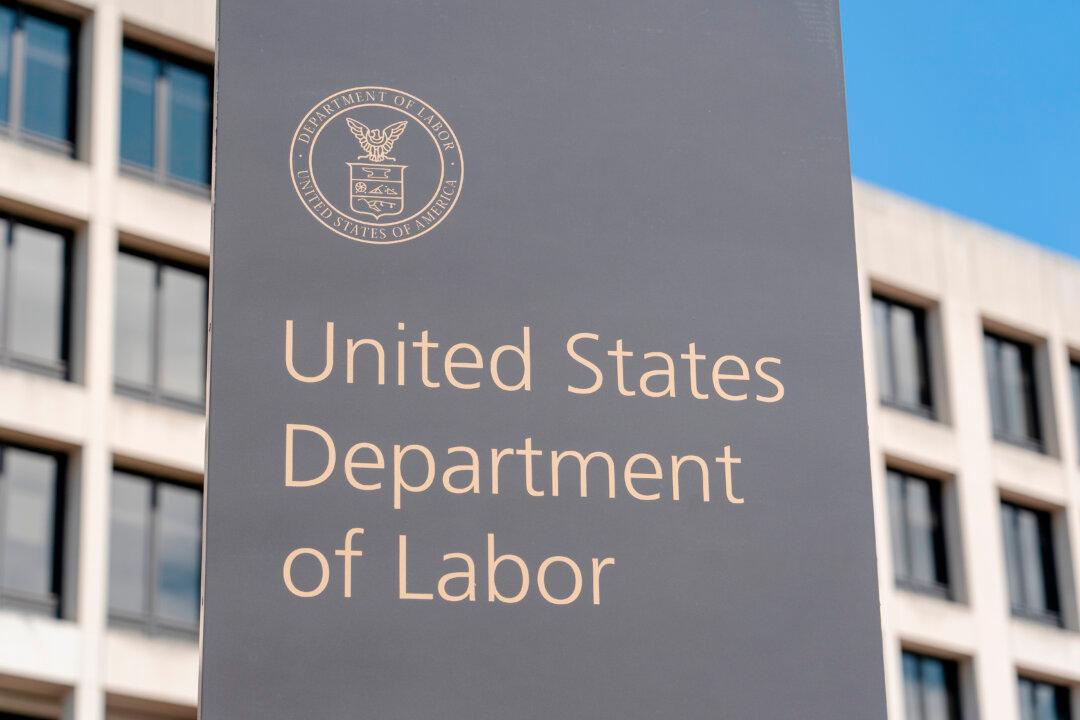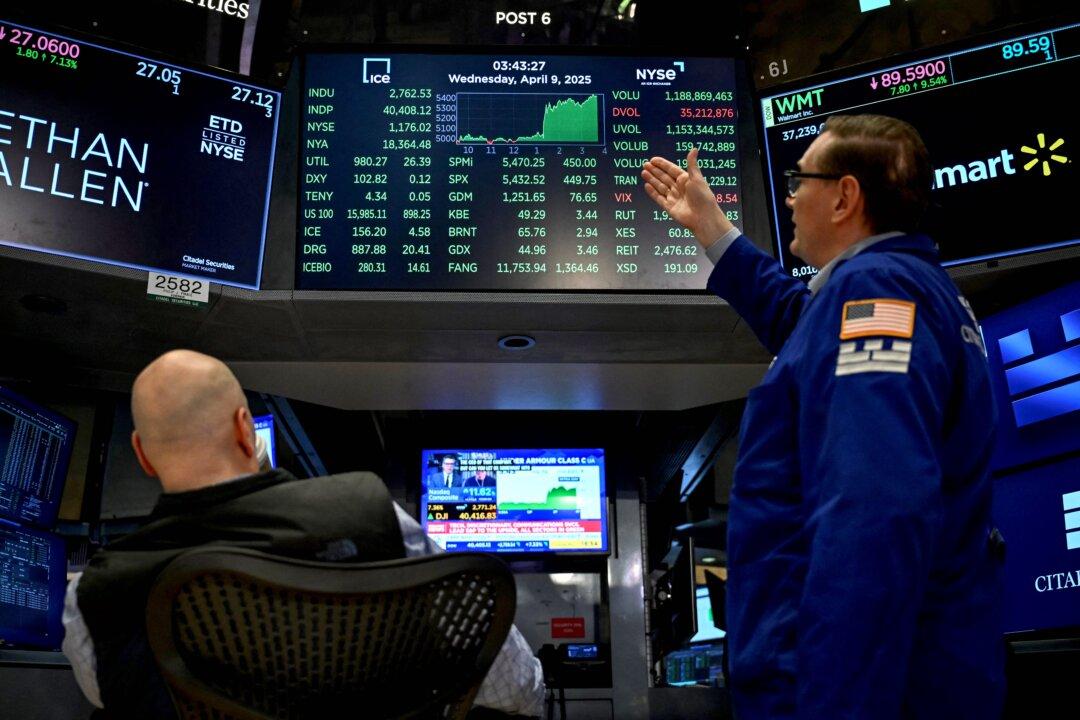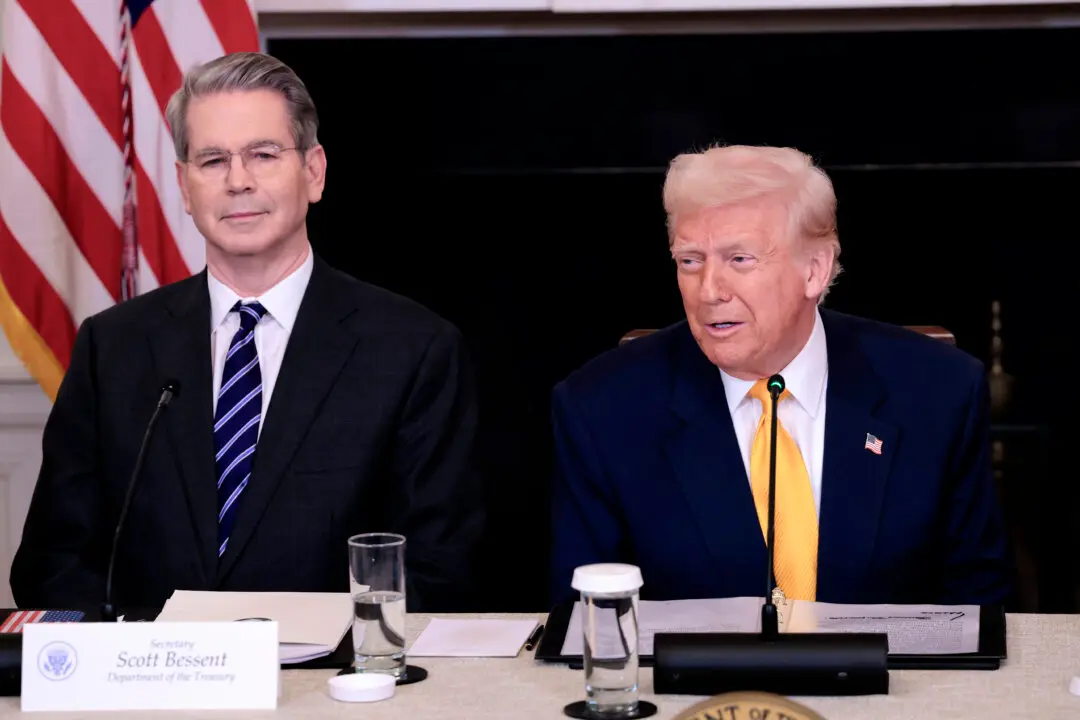The big news last week was the slower growth of inflation, a meaningless FOMC meeting, and a decline in Treasury rates. Last Wednesday, the Labor Department announced that the Consumer Price Index (CPI) was unchanged in May, which was better than the economists’ consensus estimate of a 0.1 percent increase.
The next day, the Labor Department announced that the Producer Price Index (PPI) declined 0.2 percent in May, well below the economists’ consensus estimate of a 0.1 percent increase. In the past 12 months, the PPI is up 2.2 percent.
The Fed’s FOMC meeting response, to put it charitably, was weak and indecisive.
Here are the most important market news items and what this news means:
• This week is odd since the stock market will be closed for the Juneteenth holiday on Wednesday. As a result, light holiday trading volume will likely characterize the overall stock market. May retail sales will be closely scrutinized to see if the Atlanta Fed’s second-quarter estimate of 3.1 percent annual GDP can be sustained.
• The bond vigilantes are now in charge and controlling Treasury yields. As I have repeatedly said, the Fed does not fight market interest rates. So if the bond vigilantes drive Treasury yields lower, then the Fed may be forced to cut key interest rates sooner than later. Right now the consensus is that the Fed will cut key interest rates on September 18th, but I also believe that the Fed should cut key interest rates on July 31st.
• Since our Fed is now lagging Canada and the European Central Bank in cutting key interest rates, “carry trades” are expected to increase, where foreigners put money in the United States seeking higher yields and a strong currency. If these carry trades approach a trillion dollars or more, then they could continue to drive Treasury yields lower and encourage the Fed to cut key interest rates sooner.
• Russia sold more natural gas to Europe in May than the United States, complicating Europe’s dependence on Russia for energy. Specifically, despite Russia’s pipelines being blown up, its LNG exports to Europe have surged. The fact that the Biden Administration stopped U.S. LNG expansion, subject to environmental reviews has effectively forced Europe to look for new suppliers. In May, Russia supplied 15 percent of European natural gas, while the United States supplied 14 percent. Although the European Union (EU) is striving to expand the natural gas pipelines from Azerbaijan, Europe will remain LNG dependent and the fact that Asia diverted LNG shipments that used to go to Europe, forced many countries to accept Russian LNG. This energy dependence on Russia puts the EU in a delicate position and may help to facilitate peace negotiations.
• In the wake of new tariffs on Chinese EVs, the EU’s green agenda is now being securitized. By putting bigger tariffs on China, both the EU and the United States are sending mixed signals on the green agenda. The recent shift to the right in the recent EU election is also expected to curtail compliance with the Paris Climate Accord, especially the farm parties, which exploded out of nowhere after Brussels told farmers that they were major carbon polluters and had to change how they farm.
• The performance gap between the Magnificent 7 and the NASDAQ continues to widen, as Mega Tech’s pole position in the AI race keeps getting re-evaluated as more valuable. A surprise setback in the AI narrative, such as a stiff government regulatory demand for safety testing before advancing further, could be a major setback for the overall market. We should get plenty of warning if something like this evolves, but any major setback in the AI enthusiasm will hit the indexes very hard due to the unprecedented level of concentration that has evolved.
In summary, the market momentum remains positive, even with the NASDAQ and S&P back up close to all-time highs, with the Mega Tech engines of growth being supported by continued strength in earnings estimates. With interest rates likely to eventually fall, and perhaps geopolitical easing as well, hopefully, the rest of the market can start to perform better and improve the breadth of returns.







